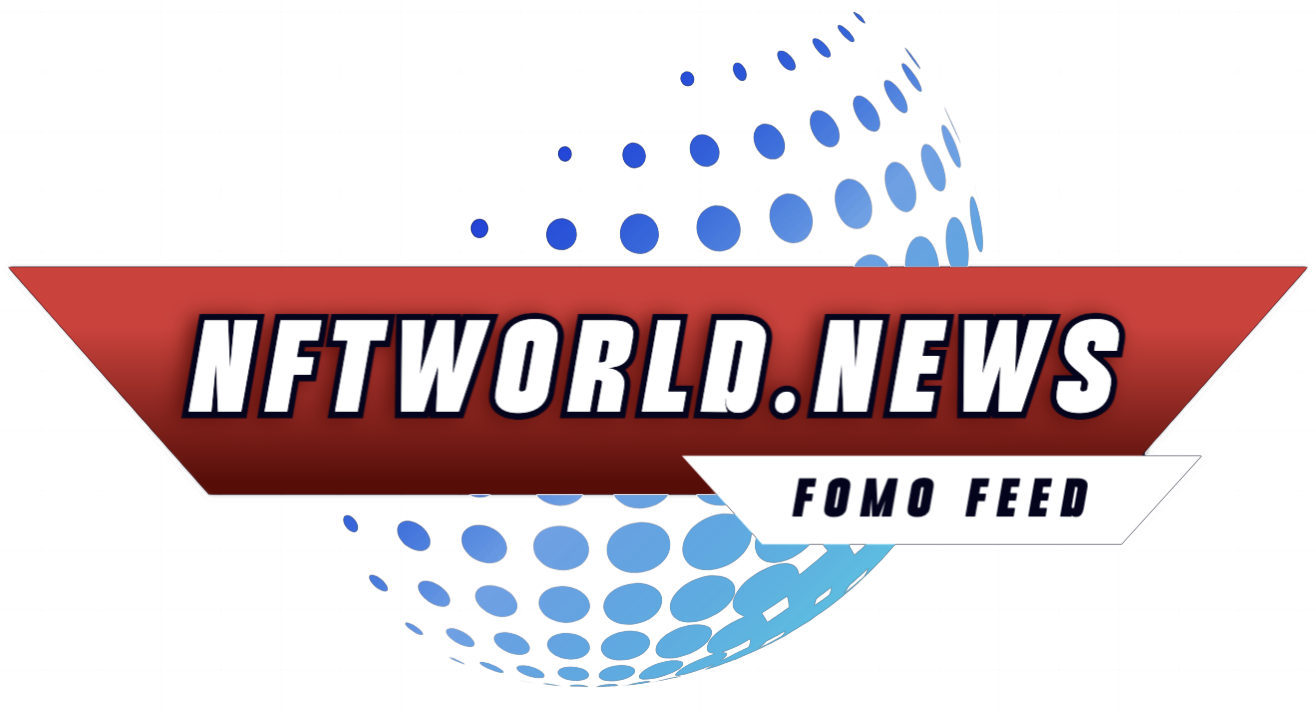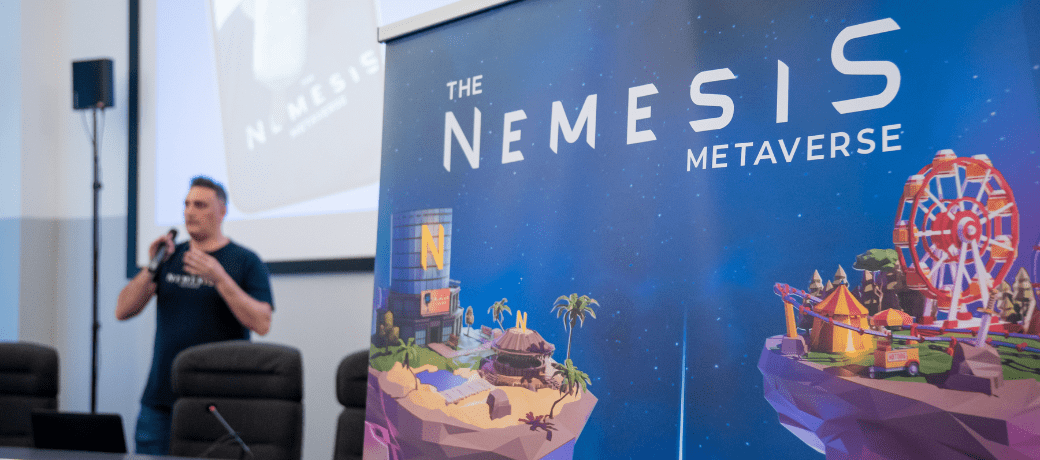By Alessandro De Grandi
On March 17, 2025, the NFT landscape looks vastly different from the speculative mania of 2021. Today’s NFT market is driven less by profile pictures and more by real-world applications and utility-driven projects. The so-called “NFT Renaissance” has seen a surge in projects tied to real estate, intellectual property, and fashion.
One of the most notable developments has been the use of NFTs as digital proof of ownership for physical assets. Real estate tokenization platforms now allow users to hold legally recognized NFT deeds tied to tangible property. These NFTs can be traded, split into fractions, and even used as collateral for loans, thanks to legal advancements in jurisdictions like Switzerland and Singapore.
In the fashion industry, NFTs are bridging digital and physical experiences. Luxury brands are issuing “phygital” NFT drops that grant access to limited-edition items, exclusive events, and loyalty programs. Brands like Balenciaga and Prada are using blockchain to authenticate their pieces, reducing counterfeiting and enhancing customer engagement.
Furthermore, artists and musicians are leveraging NFT royalties in more structured ways. Platforms such as Soundchain and ArtVault have created new monetization models, where NFT sales trigger smart contracts that ensure automatic revenue sharing with collaborators, including producers, managers, and even superfans who invest early.
The transition of NFTs from novelty to infrastructure is being facilitated by improved interoperability and scalability. With Ethereum rollups, Solana’s new compression layers, and upcoming ZK tech, NFT minting is faster and cheaper than ever before, expanding accessibility worldwide.
As the market matures, the emphasis is increasingly on transparency, legal clarity, and user empowerment. The NFT renaissance is not just about digital art anymore—it’s about redefining ownership in a decentralized world.





